All about creating a portfolio for a photographer
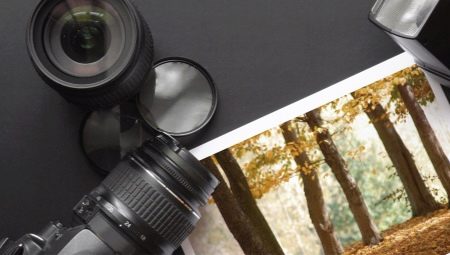
Most people when choosing a photographer for a special event (for example, for a wedding or anniversary) focus on his portfolio. That is why every professional knows how important it is to draw it up correctly. Today in our article we will talk about what a photographer needs a portfolio for, and what types of it exist.
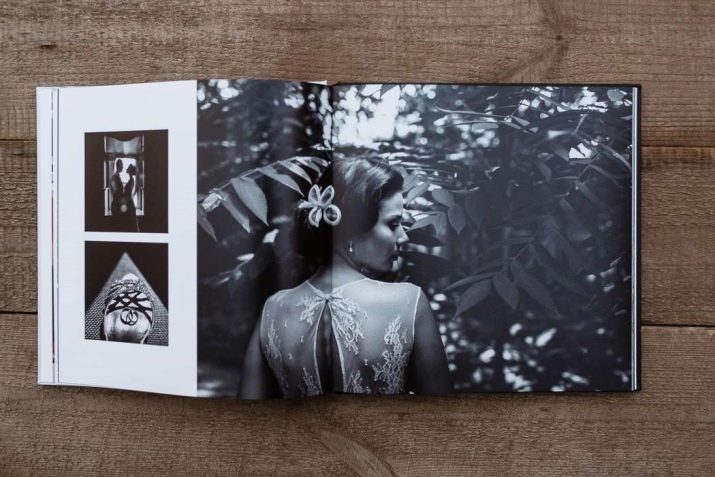
What is it for?
A portfolio is a collection of works by an author. With the help of it, a person must understand the style of the photographer and determine how much it corresponds to his own vision. Thus, the portfolio solves several serious problems at once: it creates a visual series of works, and also attracts the attention of viewers... Every photographer should have a collection of works.
It will help you demonstrate your skills and abilities even to a complete stranger and will save time (you don't need to try to share your experience, just show your portfolio).
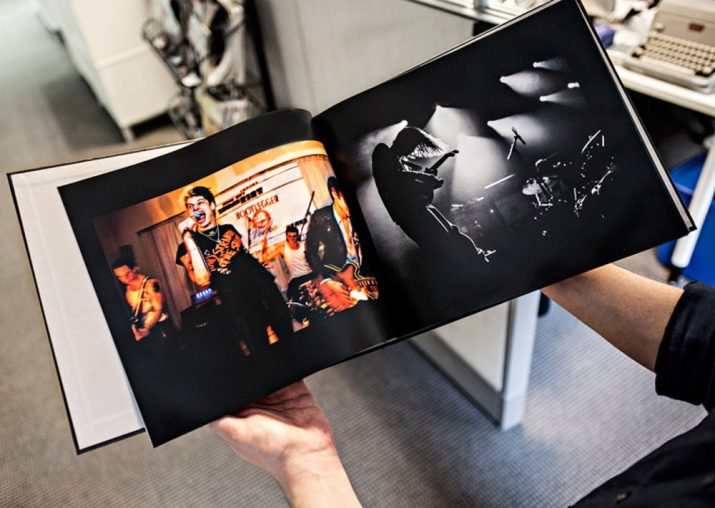
Varieties
Nowadays there is a wide variety of portfolio types. It is composed of both universal photographers and those masters who specialize in only one area, for example, reportage or wedding photography. Even narrowly focused specialists who shoot candid photos should have a collection of photographs.
In general, today there are 2 main types of portfolios: digital and printed. They differ depending on whether the document exists only in electronic form, or if there is a paper copy. The main advantage of a digital portfolio is the absence of geographic restrictions, so people can view your work from anywhere in the world.
Let's take a closer look at the subspecies of digital and printed portfolios.
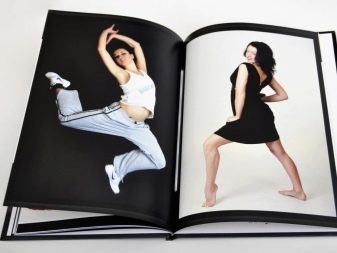

Personal site
A portfolio site or business card site is inherently no different from any other website. Wherein the main content is the work of the photographer. The main advantage of your own website is possibility of maximum customization... This way, the viewer can immediately understand your individual style.
On the other hand, creating your own website takes a lot of time, effort and material costs.
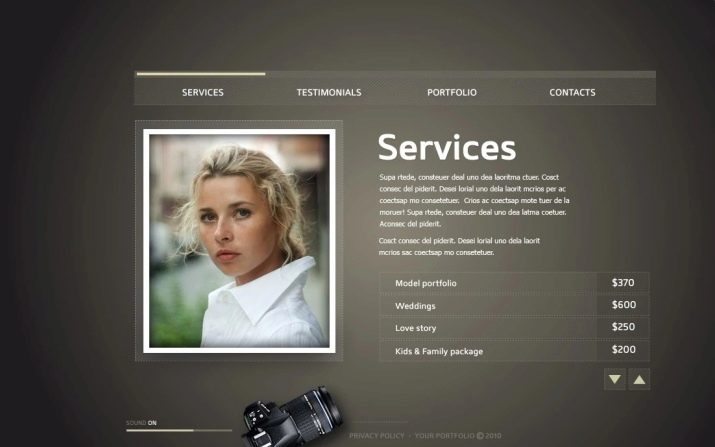
Social networks
Any photographer can quickly and easily create their own digital portfolio on the site of any social network (for example, on Instagram). Wherein the process will not require any financial costs from youand you can get a lot of fans.
However, it is worth remembering about the existing restrictions: for example, a person (your potential customer) must be a user of the social platform you have chosen.


Slide show
You can present your works of authorship in electronic form in the format of a slide show. To create such a portfolio, you do not have to spend financial resources, while, as a result, viewers will be able to enjoy images of sufficiently high quality. At the same time, today the slideshow format is considered somewhat outdated and can scare off a young audience.


Printed photos
Printed photos give a special feeling of tactility, which can not be achieved with the help of an electronic portfolio. This kind of collection of works by the authors will be preferred by representatives of the older generation, who are not used to working with gadgets and devices. If desired, photos can be collected into a photobook, which greatly simplifies the process of viewing them by your users. At the same time, keep in mind that this portfolio format is expensive (especially if you plan on updating it frequently).
Thanks to such a wide variety of possible portfolio types, each photographer will be able to choose the best option that will meet all his individual wishes. Many professionals create both digital and print portfolios at the same time. Thus, they meet the needs of a wider range of customers. At the same time, the printed version can consist of traditional photographs that are always relevant and interesting, and original ideas and unusual ideas can be included in the digital portfolio.


How to do it?
A professional photographer can easily create a portfolio yourself. First of all, in order to create a collection of photographs, you need to develop samples and examples of work, as well as decide on your own style.

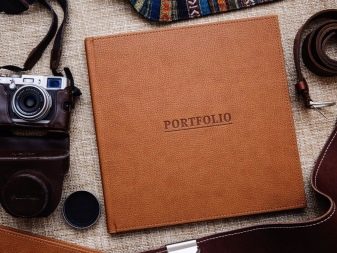
Experts advise you to follow a few simple rules.
- Use only high quality photographs. Every photographer has been a beginner at some point. He participated in his first filming and worked with the first customers. However, the photographs that you took in the course of your education and development as a specialist are not recommended to be included in a professional portfolio. On the contrary, you must use only the highest quality and most interesting photographs, those works that you are proud of.

- Diversity. Today in the professional photographer community you can find a wide variety of professionals: those who specialize in creating one type of photography (for example, wedding or portrait photographers), as well as versatile professionals who are ready to take on any job. One way or another, your portfolio should be as diverse as possible.
Try to use as diverse and unusual photographs as possible, this way you will make it clear to the customer that you are not afraid to experiment and will be ready to listen to his suggestions.

- Originality. To create a portfolio it is recommended to use not only traditional photographs, but also photographs with original, vivid and unique ideas. For example, these can be costumed photo sessions, shots with exotic animals, or photos in unusual places. Show your prospect that you have a zest, that you are different from other photographers.
Remember that classic photo shoots are out of fashion for a long time. You should try to attract young clients with your portfolio.

- Do not use the author's logo. The photographer's logo on his work is the first sign of a newbie. Despite the fact that by refusing to impose the author's symbols on your picture, you risk that the work will be stolen and used without your knowledge and permission (primarily digital photos), this choice makes it clear to the viewer and potential customer that you are not vain, you enjoy the process and strive to get the best possible result, not chasing fame.
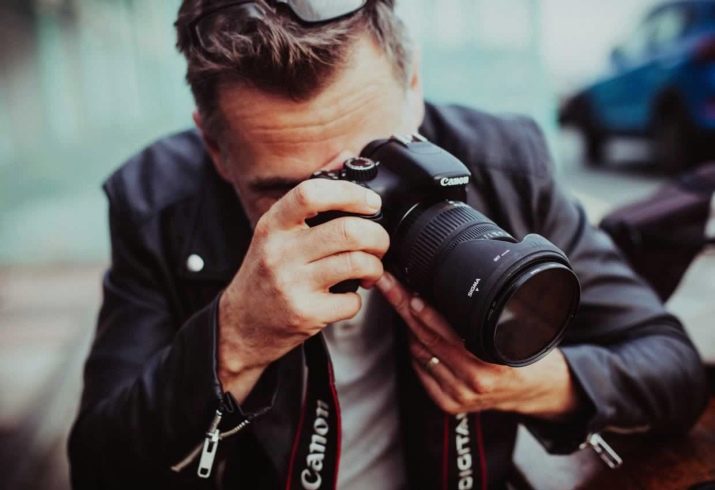
- Photos without Photoshop. Photoshop and other photo editors are the best assistants for any professional photographer. However, your portfolio should definitely contain several pictures that were taken and printed without additional intervention, without corrections and corrections. It is these works that will best allow the client to assess the level of your professionalism.
Thus, creating a portfolio is a long and complex process that will require a lot of your efforts. That's why collect your best work together only after a while... Newbies in photography must first develop their skills and define their own style that will set them apart from other photographers.

Expert advice
Currently, there are a large number of portfolios of professional photographers on the Internet. You can find work from both beginners and advanced professionals. In order to avoid the mistakes of your predecessors when compiling your author's collection of photographs, follow the advice below.
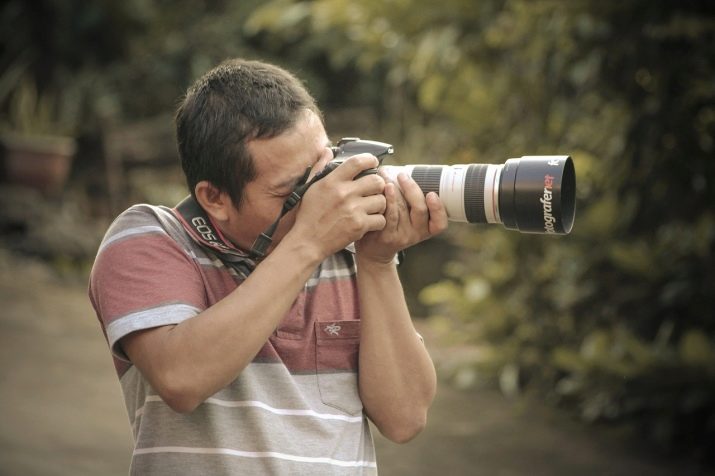
- Learn from the best. Be constantly inspired by the works of the best photographers: visit their exhibitions and galleries, study photos on the Internet. At the same time, you do not need to copy world-renowned geniuses, but you can strive for the level of their skill, you can take an example from them.
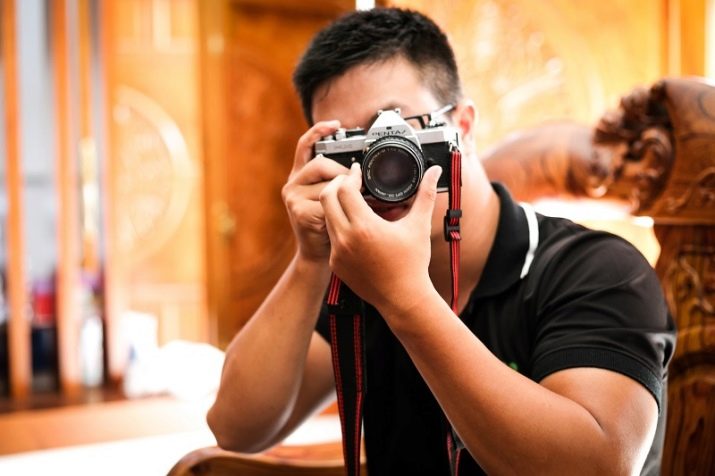
- Look for your style. Photography is a real art, and each individual author can rightfully call himself an artist. Today, in this creative field, there are practically no rules whatsoever. That is why every person is free to create what his heart tells him to.
If you have finally decided to link your destiny with a career as a photographer, then you should definitely find your own style, your own individual handwriting... It will set you apart from thousands of other artists.
It is thanks to the details invisible at first glance that your viewer will distinguish your work from any others.
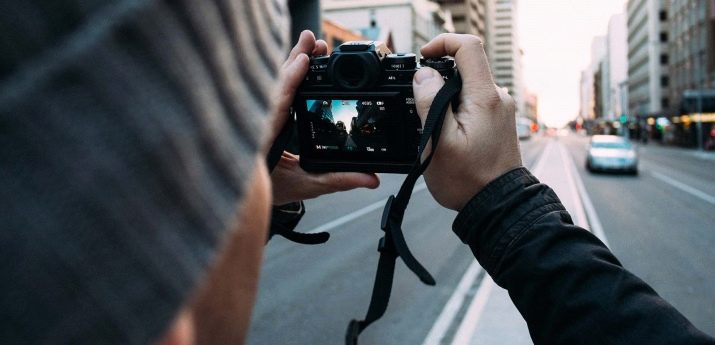
- Update your portfolio regularly. A portfolio is a document that should correspond to your current state, it should reflect your experience, your skills and your attitude. That is why a portfolio cannot be compiled once and for life. The collection of copyright photographs must be constantly updated (at least once a year).
Thus, the viewer will be able to observe your progress and growth, your state of mind and mood, the evolution of your style. If you only have old photographs in your portfolio, then you give the viewer a false impression of yourself as an artist.
This can negatively affect the process of direct work on the project entrusted to you.

- Do not be afraid of criticism. Every photographer is criticized. The point is that art is extremely subjective.In the world there is not a single artist, not a single artist, not a single musician and not a single photographer who would be liked by everyone without exception. However, many newbies, trying to please as many people as possible, take mediocre and standard photographs, afraid to show their uniqueness, their personal vision, which makes them interesting photographers.
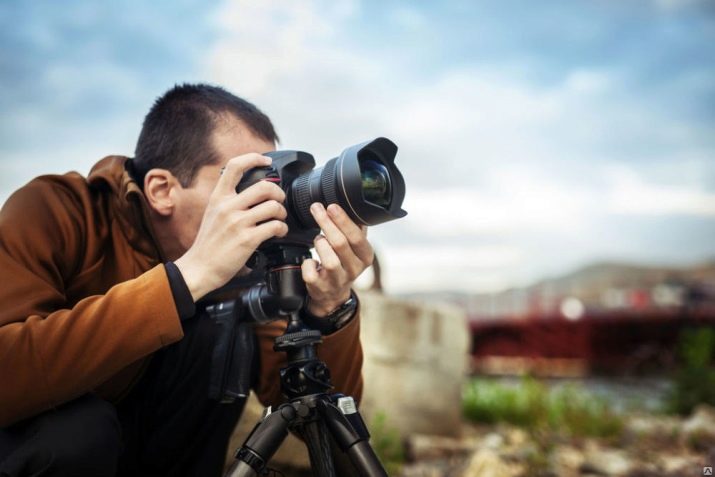
- Improve yourself. Each of your subsequent photos should be better than the previous one, and the updated portfolio should be many times larger than the outdated one. Thus, you and your viewers will be able to observe the process of your professional development in almost real time.
Portfolio compilation is an important and responsible task for any photographer. This collection of photographs, in fact, reflects the inner world of the author. It is on potential customers are guided by the portfolio, which means that the preparation of this document must be approached with all seriousness and thoroughness.

You can find out how a photographer's portfolio should look below.
